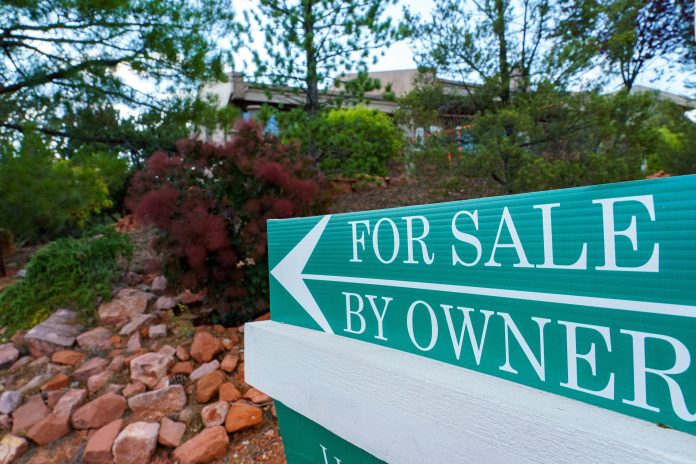With the recent housing boom, there are a number of new residents moving into Sedona as current residents take advantage of the high cost of home prices, sell and move away.
We must ponder the long-term implications of this demographic shift in our community.
On the upper end we have long-term residents selling off their expensive dream homes to others who can afford such high costs.
Conceivably, a large number of these properties are being sold to wealthy retirees by other retirees who then move to be near family or downsize to other communities. The new residents look at these properties as the last homes, or one of the last homes they plan to live in, and get involved in the local community, be it charity work, golfing, hiking or setting up a family hub for children and grandchildren to visit, as is often the case with retirement properties since the term was coined.
Many of the other properties, however, are those being purchased by younger people, especially refugees from California or elsewhere who were paying the same or more at home than the asking price to buy property in the Sedona area.
But once the newness of Sedona wears off and these residents begin to consider what our region can offer, it becomes questionable how long they will remain or if they will stay in the Sedona area for an extended period of time.
I ask this as someone who has lived in the Sedona area for nearly 20 years and in rural Northern Arizona for 25 years. It takes a particular mindset to choose to live in rural Arizona knowing that certain perks — like major concert venues or sports stadiums — are not available for hundreds of miles, or accessing basic necessities, like a decent pair of men’s dress pants, requires driving to a different county on a weekend.
“Getting away from it all” really does mean “getting away from it all,” including many of the amenities that residents of major cities are used to. The West isn’t like the West Coast.
Some of these folks can work remotely, but our infrastructure and facilities are simply not on par with communities on the fringes of major cities. Others may work in specialized or niche service trades where location isn’t that important if you can work with clients or customers online or convince them to come here.
Quite simply, there is not a whole lot to do. As mentioned above, we don’t have professional sports teams anywhere near the Verde Valley. We have some venues and bars with live music, but no dedicated music venues. The Sedona Performing Arts Center seats 750, but it is not a destination venue on any professional circuit.
We have four grocery stores, five if you count the Village of Oak Creek, and more than 100 restaurants in the Verde Valley. Due to the cost of business, many do not survive a year, so there is significant turnover, meaning there is never a shortage of places to dine and entertain friends, neighbors and family members from other parts of the country.
That said, there aren’t a significant number of activities to keep families entertained in the long run. We have few major attractions and fewer entertainment facilities. We have two movie theaters, a handful of gyms and a variety of parks, but no ski slopes, no lake waterfront, no ocean.
We have several hundreds miles of trails and creek access along Oak Creek and the Verde River, but many of the popular spaces are difficult to reach now, due in equal parts from tourists but also from municipal and federal agencies closing access, limiting parking or banning pullouts by moving boulders.
For we who enjoy the limited options, we can find ways to have a good time with each other and our families from weekend to weekend, but many of these new residents won’t, or will be expecting more amenities and options than are available. The vortices aren’t isolated and serene; they are packed with people. Swimming holes require sharing. The trailhead parking lots fill up by 8 a.m.
Other homes are being purchased specifically to use as vacation rentals. That market may reach saturation sooner than homebuyers think. One vacation rental in a neighborhood may be appealing, but if there are 10 on one street, they’re competing for the same pool of tourists. Visitors will continue to come to Sedona as long as there is a Sedona, and many visitors will want to move here, but as fewer choose to stay more than a year, our city will be fundamentally changed.
Once this housing boom levels off, many of the new residents will find themselves in a small town in a small community, and trying to resell those homes to someone who does appreciate what we offer may be hard for overpriced properties. Some who moved here at the COVID- 19 pandemic have already put their houses back on the market. Right now, they can make a profit, but that won’t last forever.
As those who moved here to get away from major cities realize Sedona isn’t Simi Valley and Cottonwood isn’t Carmel, we might be left with a lot of unhappy folks just trying to get out without losing more than they spent.
Christopher Fox Graham
Managing Editor






















